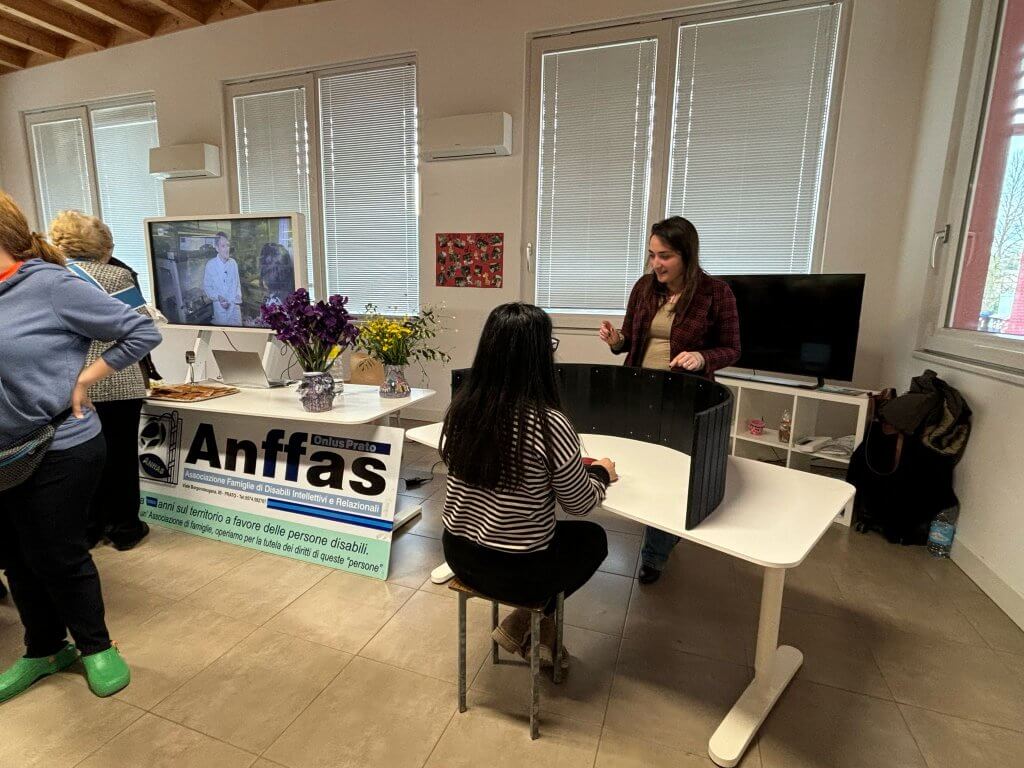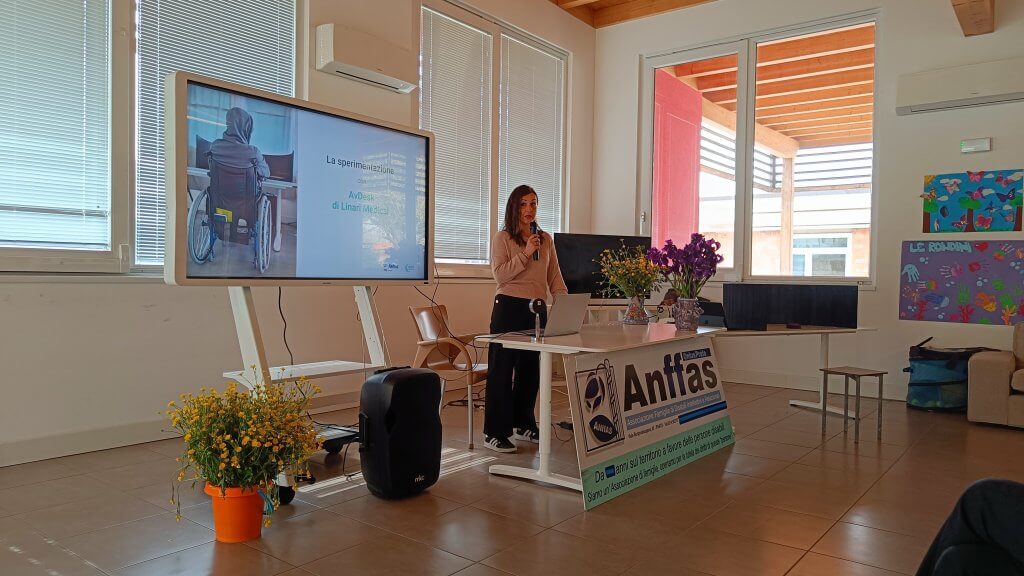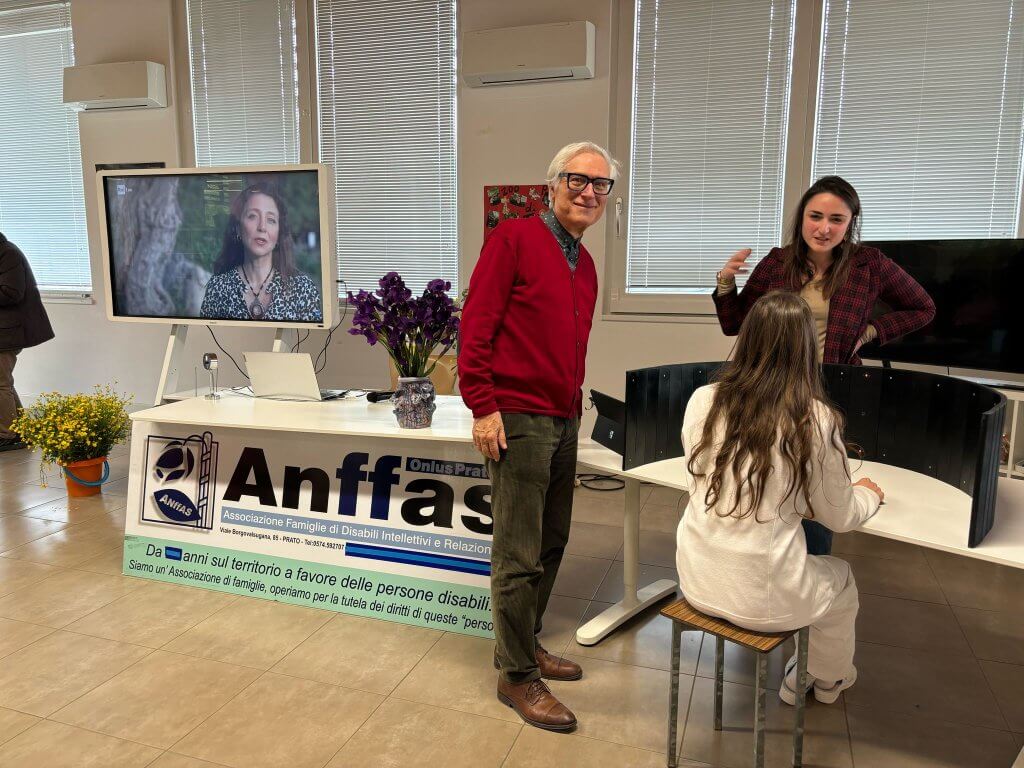Neuro-visual rehabilitation and disability: Linari Medical's contribution to Anffas Day 2025
An important meeting was held in Prato on Friday, March 28, to mark the 67th anniversary of the founding of Anffas and the 18th National Day on Intellectual Disabilities and Neurodevelopmental Disorders.

The event, titled “Neurovisual Rehabilitation in Severe and Very Severe Disabilities. Application Scope and Research Perspectives in Telemedicine,” was a key moment of discussion and updating for health professionals, specialists in the field and, no less important, for families involved in rehabilitation pathways.
The meeting, which was held at “Le Rondini” Social Health Center, offered an in-depth overview of Anffas Prato's activities, highlighting the rehabilitation strategies adopted in contexts of complex disabilities. The focus of the meeting was on neuro-visual rehabilitation, an evolving field that integrates traditional methodologies and technological innovations, with particular attention to telemedicine as a tool for support and integration in care.
Linari Medical graced the discussion with the presentation of the results of an innovative trial. During her talk, Dr. Serena Pratesi illustrated the progress achieved in the application of AvDesk for neurovisual rehabilitation, emphasizing the importance of the multidisciplinary approach in disability management, capable of adapting to the specific needs of patients with severe and very severe disabilities.
In her speech, she highlighted the potential for integrating new digital tools into the daily practice of healthcare professionals, offering research and development perspectives that pave the way for more flexible and accessible models of care.
The synergy between Anffas Prato and Linari Medical stands as a virtuous example of how networking between different realities can lead to innovative solutions in the field of rehabilitation. The initiative highlighted the centrality of collaboration between health professionals, researchers and technologists, who together can contribute to improving the quality of life of individuals with neuro-visual disabilities as well. Indeed, the interventions provided significant insights on how to integrate traditional speech and physical therapy methodologies with the use of advanced technologies, thus creating a continuum of care that embraces both clinical and relational and psychological aspects.
The event not only celebrated the 67th anniversary since the founding of Anffas, but also served as a testing ground for experiments that look to the future of neuro-visual rehabilitation. It was a message of hope and innovation, testifying to the unwavering commitment of all those involved in making care ever closer to the real needs of patients and their families.


